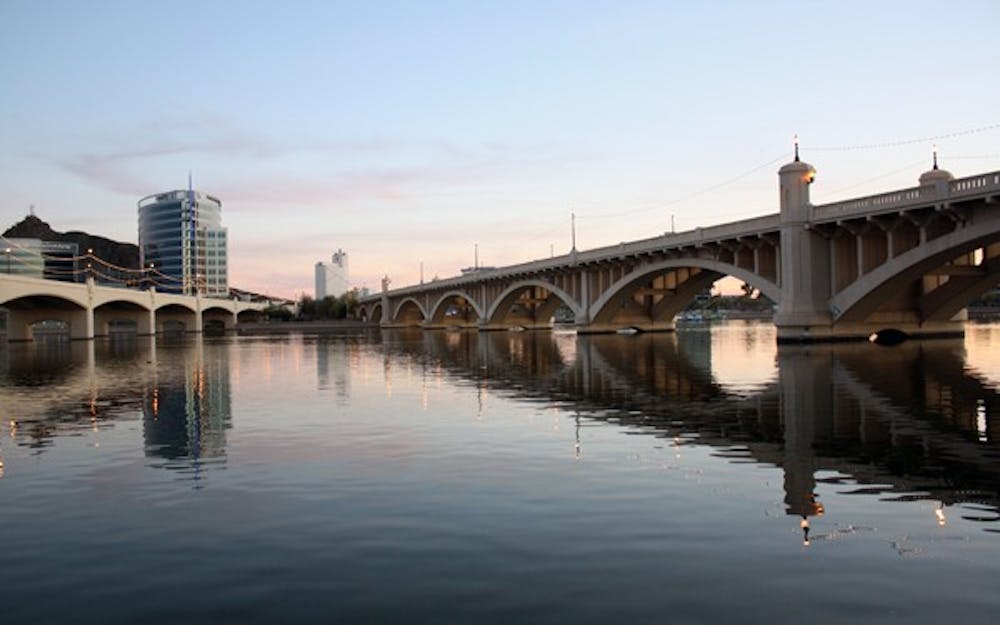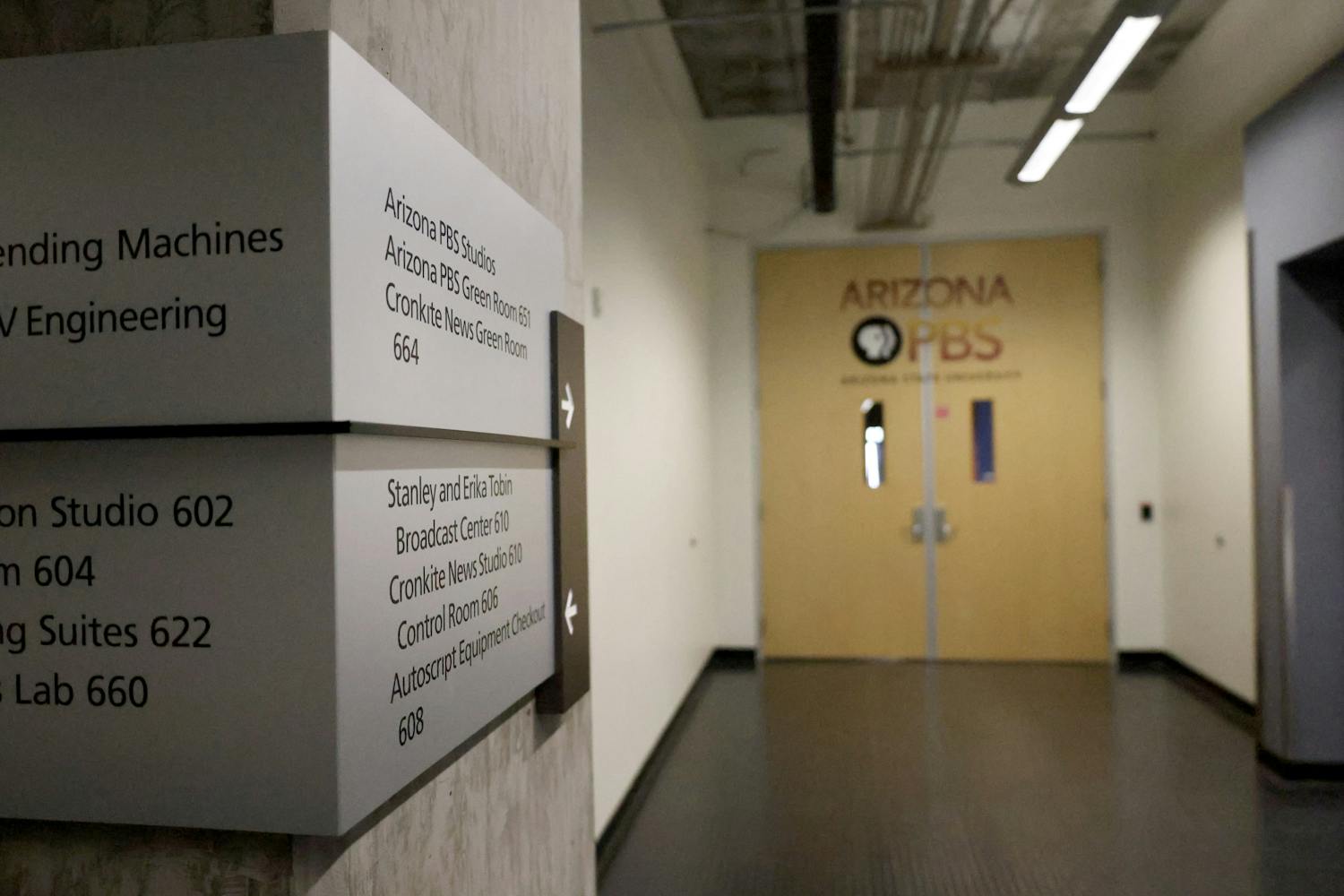Tempe has many eye-catching landmarks, but one of its most notable is the Salt River.
Either at low or high flow, Tempe has relied on the river socially and economically for 100 years, said Joshua Roffler, curator of collections at the Tempe History Museum.
“It’s become a place for major recreation,” he said. “It’s been a community gathering spot and it’s been a place that they can build more amenities.”
Since the days of the Hohokam Tribe, the Salt River has been a resource for urbanization and agriculture. Today, the river operates with the same purpose of sustaining life in a desert climate, Roffler said.
The Roosevelt Dam and canals running through the Valley were built in the early 1900s, before Arizona was established as a state, which allowed Phoenix and its surrounding towns to flourish, Roffler said.
“The Salt River is really what allowed the Phoenix area, the population, to explode and for this to go from what little farming community to sort of a big metropolitan area,” Roffler said.
Throughout Arizona’s 100-year history, the Salt River has provided the Valley with water. At times it would give cities too much water, which typically caused damage to the environment and the communities, said Jared Smith, curator of history at the Tempe History Museum.
One of the most notable floods occurred at the tail end of 1965. The flood damaged Tempe’s bridges, surrounded Sun Devil Stadium and even closed down a runway at Phoenix Sky Harbor Airport, according to the Flood District of Maricopa County.
Another notable flood occurred in 1980 and caused traffic jams along the Old Mill Avenue Bridge and even affected traffic into downtown Phoenix and Mesa.
“All the bridges got knocked out except for the Mill (Avenue) Bridge and the Southern Pacific Railroad Bridge,” Smith said. “It’s one of those shared moments for people who lived here.”
Tempe is known for its use and need of bridges as a way of crossing the river, Smith said.
Tempe Vice Mayor Joel Navarro said Tempe was united through the Salt River and its bridges.
“All the history and the culture, everything just sprung off the Salt River location,” he said. “That’s what really brought Tempe together. The bridges also kept that history.”
The Southern Pacific Railroad Bridge was the first to be built and is still in use today. The Ash Avenue Bridge, the first pedestrian bridge to cross the river, was built in 1913 to help urbanize Tempe.
By 1930, Tempe would need to construct another bridge that could get newly popular automobiles across the Salt River, Smith said.
This bridge would be known as the Old Mill Avenue Bridge, and now carries traffic southbound along Mill Avenue and sits to the west of the New Mill Avenue Bridge, which was built in 1994 to carry traffic northbound.
Because of the Roosevelt Dam’s runoff into canals, the Salt River bed was dry for many decades. It wasn’t until 1966 that architecture students at ASU developed a plan to bring water back into the riverbed, which would later become the Rio Salado Project, according to the City of Tempe.
“Without the University, that never would have happened,” Roffler said. “The spark of the idea is sort of the University ... It was the intellectual power behind it.”
In November 1999, Tempe Beach Park reopened to the public and once again flowed with water from the Salt River.
The Town Lake did have a despondent moment on July 20, 2010, when a dam burst causing the lake to drain and flood out.
“You fix it, you move on and you improve on it,” Navarro said. “We did a great job in getting the dam back, the lake back and getting the downtown area back up again.”
Navarro said he’s looking forward to the improvement and change that may come to Tempe Town Lake and Tempe Beach Park.
“There are so many cool ideas that you see all across the country,” Navarro said. “Any option to make that area more attractive we need to embrace.”
Reach the reporter at sraymund@asu.edu
Click here to subscribe to the daily State Press newsletter.





